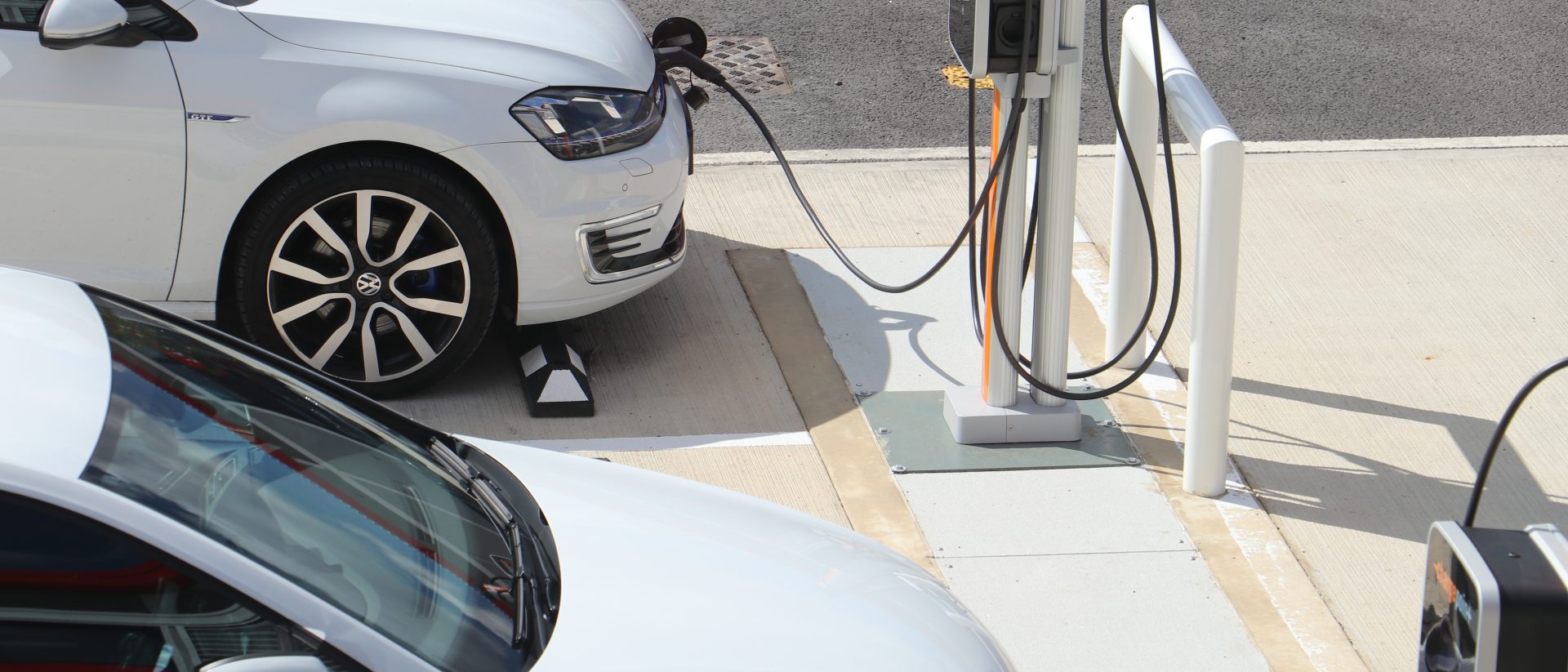Meeting Net-Zero GHG not possible without Bioenergy
• A new industry led report from the REA has found that sustainable bioenergy can meet two thirds of the projected shortfall of the 5th Carbon Budget;
• Bioenergy can provide an additional 60 TWh of heat and 57 TWh of power, more than required to close the impending nuclear gap;
• Bioenergy is a no regrets solution to carbon reductions offering immediate GHG savings across power, heat and transport whilst supporting evolving supply chains and technologies;
A new report from the UK’s leading renewable trade association has found that the sustainable use of bioenergy is core to the UK meeting its legally binding 5th Carbon Budget.
By increasing its deployment by a factor of 2.5 by 2032, sustainable bioenergy, which is currently the UK’s leading source of renewable energy, has the potential to meet both the Committee on Climate Change’s (CCC) projected shortfall of the 5th Carbon Budget and the impending nuclear gap by providing an additional 117 TWh across heat, transport and power.
Last month, the Committee on Climate Change published their net-zero by 2050 recommendations just three weeks after data from BEIS confirmed that the UK are not on track to meet the 4th and 5th Carbon Budgets. Bioenergy technologies, such as modern biomass boilers, biofuels and anaerobic digestion, offer an immediate and affordable route to tackling these challenges by providing instantaneous carbon reductions in the hard to decarbonise areas of heat and transport.
The report builds upon bioenergy’s already impressive credentials by outlining its potential contribution to the UK’s energy mix in 2032 and beyond. The delivery of the outlined vision would see the demand for bioenergy’s overall energy contribution increase from 5.5% in 2020 to 15% in 2032 creating over 100,000 jobs.
The report is the second instalment in the REA’s Bioenergy Strategy, an industry-led review of bioenergy’s potential and the policies needed for it to maximise potential through to 2030 and beyond.
Dr Adam Brown, author of the Bioenergy Strategy report, said:
“If the UK is to achieve net-zero GHG by 2050 and meet its legally binding Carbon Budgets, we must adhere to the advice of the Committee on Climate Change and significantly increase the deployment of renewable technologies.
“Bioenergy presents numerous options across heat, power and transport, and the UK is not in a position to be casting away renewable, sustainable and cost effective solutions. This report outlines the possibilities for the UK if we grasp the opportunity the bioenergy sector presents.”
REA Chief Executive Dr Nina Skorupska said:
“Increasing the deployment of bioenergy is the only realistic solution to affordably and sustainably bridge the anticipated energy gap and rapidly decarbonise the UK in line with legally binding targets.
“Bioenergy is a no regrets solution to achieving these targets due to its ability to provide immediate and affordable GHG savings through existing infrastructure whilst facilitating the development and commercialisation of future technologies.”
—ENDS—
For more information or to request an interview, please contact:
Hayley Allen
External Affairs Officer
+44 (0)20 7981 0862
[email protected]
Notes to editors
• The full report, Phase 2: A Vision to 2032 and Beyond can be found here: https://www.r-e-a.net/resources/rea-publications
• The first report, Phase 1: Bioenergy in the UK – The State of Play can be found here: https://www.bioenergy-strategy.com/publications
• Further information on the Bioenergy Strategy can be found here: www.bioenergy-strategy.com
• The statistics in the report are modelled on the Committee on Climate Change’s report, An independent assessment of the UK’s Clean Growth Strategy which can be found here: https://www.theccc.org.uk/wp-content/uploads/2018/01/CCC-Independent-Assessment-of-UKs-Clean-Growth-Strategy-2018.pdf
• The anticipated energy gap expected from the three shelved nuclear projects of Wylfa, Moorside and Oldbury is 72TWh, which would have had a combined capacity of 9.1 GW. This effectively equates to more than doubling the UK’s current nuclear capacity (8.9 GW) which produced a fifth of the country’s electricity generation last year (Carbon Brief, 2019, https://www.carbonbrief.org/qa-can-the-uk-meet-its-climate-goals-without-the-wylfa-nuclear-plant)
• A full briefing of the second interim report is available here: https://docs.wixstatic.com/ugd/be3f73_09c2b5b77c23404096c2ed418388013a.pdf
About the Renewable Energy Association (REA)
The REA is the UK’s largest trade association for renewable energy and clean technologies with around 550 members operating across heat, transport, and power. The REA is a not-for-profit organisation that represents renewable energy and clean technology companies operating in over fourteen sectors, ranging from biogas and renewable fuels to solar and electric vehicle charging. Membership ranges from major multinationals to sole traders.
For more information, visit: www.r-e-a.net

